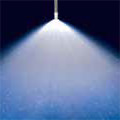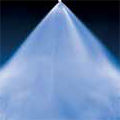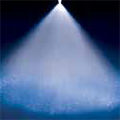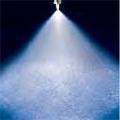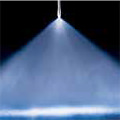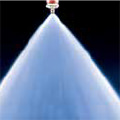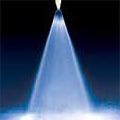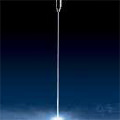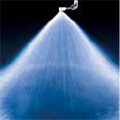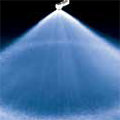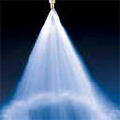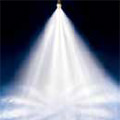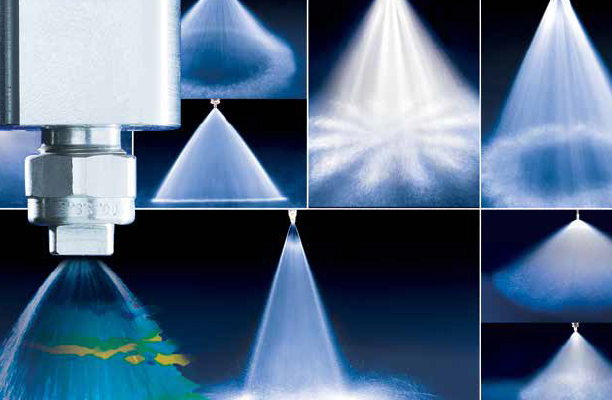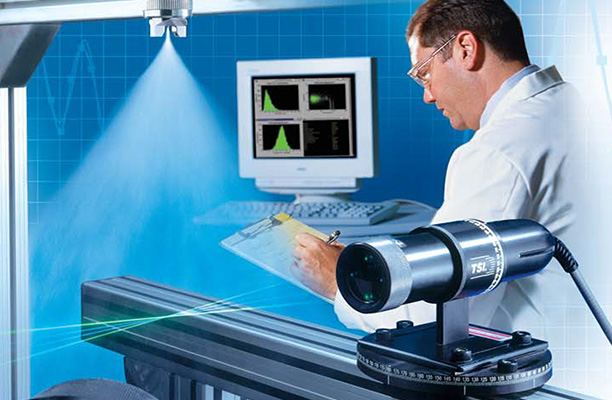Spray Optimization Tips
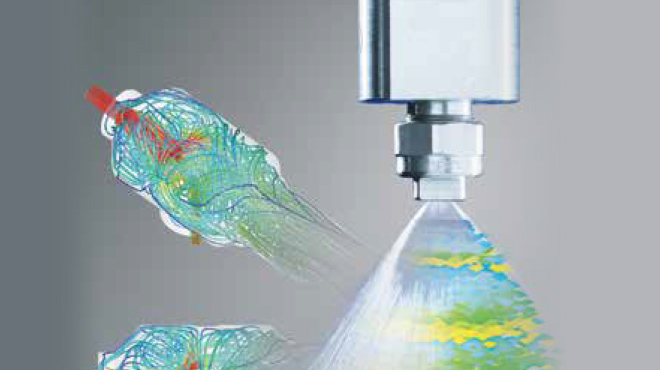
Without thorough testing and analysis, it’s hard to tell if your spray system is performing at its best. But every system can benefit from a few adjustments that anyone can do on their own. Use these tips from our experts to optimize your spray operations.
Confirm That You’re Using the Right Nozzles
Spray nozzles are precision-engineered to perform in a specific way, and using the wrong type might mean you’re wasting materials and money. Consider the following nozzle types and whether you’re using the right one for your operations.
| nozzle type | Spray pattern | drop description | applications |
|
|
Solid, cone-shaped | Medium to large drop size |
|
|
Full Cone (Spiral-type)
|
Solid, cone-shaped | Coarse; coverage not as uniform as conventional nozzle with an internal vane type | |
|
Full Cone (Oval-type)
|
Solid cone-shaped spray pattern with oval impact area with a width approximately one-half its length | Medium to large drop size | |
|
Full Cone (Square-type)
|
Solid cone-shaped spray pattern with square impact area | Medium to large drop size | |
|
Flat Spray (Tapered)
|
Thin, tapered-edge, rectangular | Medium drop size; higher-impact spray than other flat sprays |
|
|
Flat Spray (Even)
|
Thin, rectangular | Medium to large drop size; typically used on a spray header for edge-to-edge pattern contact | |
|
Flat Spray (Deflected-type)
|
Thin, even, rectangular; narrow spray angles provide higher impact and wide-angle versions provide lower impact | Small to large drop size; large, free-passage design for reduced clogging | |
|
Solid Stream
|
Highest impact per unit area | Medium to large drop size |
|
|
Hollow Cone (Whirlchamber-type)
|
Circular | Medium to large drop size; good interface between air and drop surfaces |
|
|
Hollow Cone (Deflected-type)
|
Utilizes a deflector cap to form an umbrella-shaped hollow cone pattern | Medium to large drop size; good interface between air and drop surfaces |
|
|
Hollow Cone (Spiral-type)
|
Circular; high flow rate in a compact nozzle size; one-piece design for maximum throughput | Coarse (slightly more coarse than other hollow cone nozzles) |
|
|
Atomizing / Fogging / Fine Spray
|
Hollow cone | Small drops; hydraulic; finely atomized; low-capacity |
|
|
|
Round, wide-angle round, 360° circular, deflected flat spray, flat spray | Very small to small; use of compressed air increases atomization |
|
Evaluate Your Options for Upgrading
If you’ve been using the same nozzles for a few years, newer versions might provide more precision, better efficiency and longer wear life. Recent nozzle advancements that can optimize performance include:
- Precision spray control for uniform application without waste
- Anti-bearding nozzles for uniform spray distribution
- Clog-resistant designs for minimal performance problems
- Quick-connect styles for reduced maintenance time
- Alternate nozzle materials for longer wear life
Consider the Value of Spray Control
Automating just one part of your spray system with a spray controller will bring precision to many operations. Options range from simple systems with on / off and automatic air and liquid control, to sophisticated systems that provide real-time monitoring of spray performance and automatic adjustments. It might sound expensive, but users quickly offset the cost through these benefits:
- Increased production
- Reduced scrap rate
- Decreased operating costs
- And more
Learn more about spray control options.
Establish a Routine Nozzle Maintenance Program
Neglecting your spray nozzles can cost you thousands of dollars, if not hundreds of thousands, annually. Even worse, most people don’t realize quality problems and rising operating costs are often due to using worn spray nozzles — and nozzle wear is hard to detect by sight. Maintenance is key to prolonging nozzle life.
Extend Spray Nozzle Life
Inspecting and maintaining nozzles on a regular basis will help you identify wear and extend service life. You might also consider adjustments such as these:
- Reduce pressure to slow liquid velocity and reduce wear
- Change to a different nozzle to reduce maintenance time
- Change nozzle material to extend wear life and enhance corrosion resistance
- Add line strainers or nozzles with built-in strainers to trap particles
- Clean nozzle orifices with proper cleaning probes
Evaluate Other System Components
While nozzles are the most critical components in your spray system, other equipment can impact how they perform, including:
- Pumps
- Piping and valves
- Filtration systems
- Monitoring equipment such as pressure gauges and flow meters


